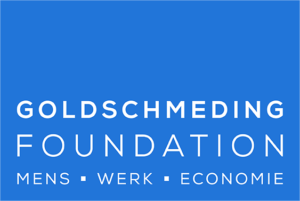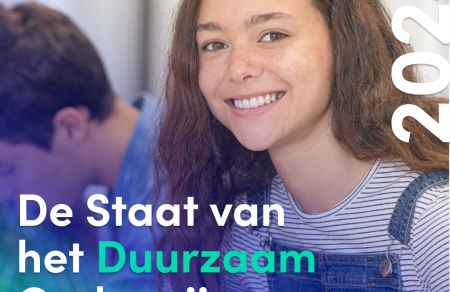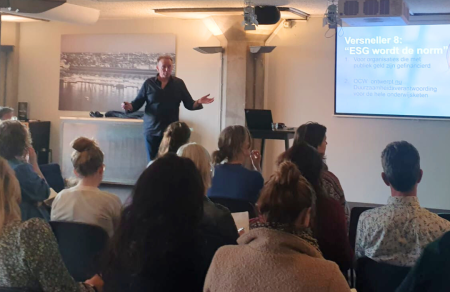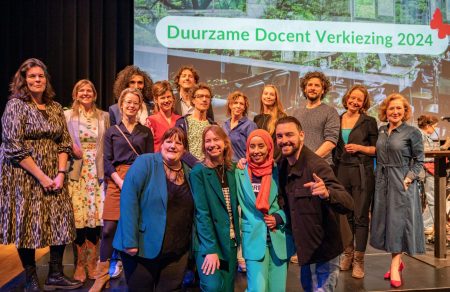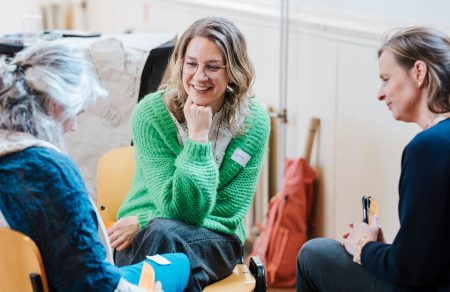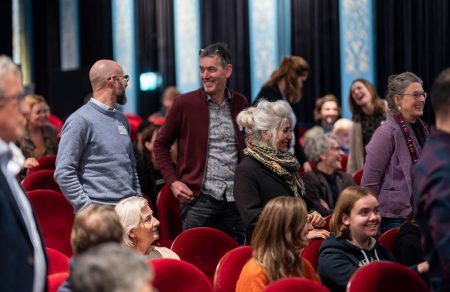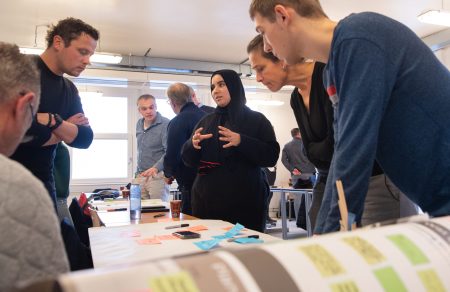Breaking with a dominant view of man
According to Paul, Human Resource Management is heavily influenced by the Homo economicus, the idea that people are motivated solely by self-interest. According to Paul, this could also be done differently: "The Homo florens view of man shows that a human being is not just a means of production but has intrinsic value." The challenge, according to Paul, is to infuse new thinking into the study program. He explains, "From Homo florens To look at HRM is to break with a very dominant view of man. The tricky thing is that Homo economicus is so decisive in almost every HRM intervention. In any book you open, you see that this human-centered view is implicit throughout."
On the other hand, Paul also sees that a whole movement is underway to revamp economics education. "That is because economics education is under pressure. For example, climate change and the gap between rich and poor are social issues that clearly have an economic component. If you look at them from traditional economic concepts, chances are you will miss solutions. All of economics education is full of presuppositions, which are challenged by students in particular. How exactly you get that innovation into the program starts with pilots like ours."
Looking personal and professional
The pilot to see how Homo florens in educational practice in addition to Homo economicus can be used, Paul did with his colleague Zunaica Phillips. It was part of a module on vitality aimed at first-year students. "Homo economicus is so implicit in our minds that we almost fail to recognize it ourselves. We tried to make our students aware of this by having them bring up both perspectives in a 10-minute video. This allowed them to show whether they understood and could distinguish between these perspectives. They didn't have to take a stand."
For Paul and Zunaica, it was exciting to see how the two human images were taken up by the students. Those turned out to find the task quite challenging. "We were too quick to think that they had understood the concept of Homo florens would pick up. But it turns out to be quite abstract and complex for first-year students, although they do recognize aspects of it. They seem to distinguish between how they personally look at people, and how they believe they should look at people as professionals. When it comes to sick leave, for example, they learn to look at it as a professional. Then in HRM you talk about white, black and gray absenteeism. From traditional professional thinking, you quickly end up with a policy of reward and punishment. But deep down, students might think differently. Homo florens provides the space to look at such an issue differently."
Connection to intuitions
So Paul sees the Homo Florens project as an opportunity to improve education: "The Homo florens offers you an alternative to the current view of man, which I really like about the project. It gives you a way to see everything in a different light. That ties in with intuitions that students also have. They see in their own way that the Homo economicus is too limited to base good HRM and economic policies on. That deserves to be supplemented. This project provides a theoretical basis for that and I like that very much. But we will have to make it less conceptual and more accessible to our students."
Would you like to think along with Paul, Zunaica and the other participants of the knowledge network how to make human images discussable in HEO? Then send an email to Giuseppe van der Helm via giuseppe@lerenvoormorgen.org and hear more about the possibilities.
